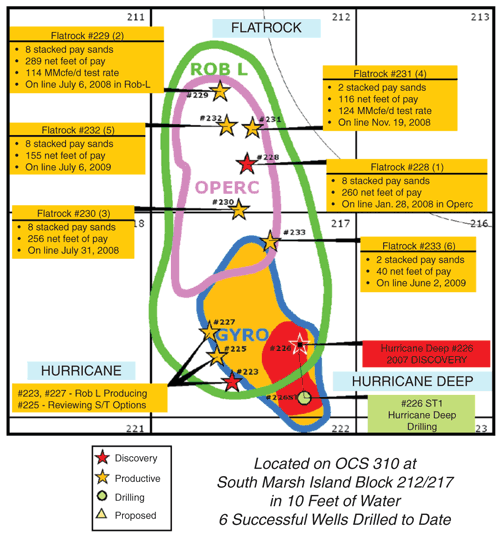



The best-known–and from our perspective the most interesting–of all the tales associated with the sibyl is supposed to date to the reign of Tarquinius Superbus–Tarquin the Proud. Virgil depicts her scribbling the future on oak leaves that lay scattered about the entrance to her cave, and states that the cave itself concealed an entrance to the underworld. Ovid, in Metamorphoses, has her lament that “like a fool, I did not ask that all those years should come with ageless youth, as well.” Instead, she aged but could not die. Pointing to a heap of dust, Amalthaea asked for a year of life for each particle in the pile, but (as is usually the way in such old tales) failed to allow for the vindictiveness of the gods. She had once been young and beautiful–beautiful enough to attract the attentions of the sun god, Apollo, who offered her one wish in exchange for her virginity. The sibyl, so the story goes, was a woman named Amalthaea who lurked in a cave on the Phlegræan Fields. The painting can be seen in the Uffizi Gallery. Most interesting, perhaps, is the legend of the Cumæan sibyl, who took her name from the nearby town of Cumæ, a Greek colony dating to about 500 B.C.– a time when the Etruscans still held sway much of central Italy and Rome was nothing but a city-state ruled over by a line of tyrannical kings.Ī Renaissance-era depiction of a young Cumæan sibyl by Andrea del Catagno. The Fields, in short, are hellish, and it is no surprise that in Greek and Roman myth they were associated with all manner of strange tales. Fire bursts from the rocks in places, and clouds of sulfurous gas snake out of vents leading up from deep underground. The portion that is still accessible on land consists of a barren, rubble-strewn plateau. The volcano is still active–it last erupted in 1538, and once possessed a crater that measured eight miles across–but most of it is underwater now. The Fields are part of the caldera of a volcano that is the twin of Mount Vesuvius, a few miles to the east, the destroyer of Pompeii. There is nothing remotely Elysian about the Phlegræan Fields, which lie on the north shore of the Bay of Naples nothing sylvan, nothing green. Turner in 1823, well before modernization of the area obliterated most traces of its Roman past. Still, a good episode and one that makes you wonder.Baiae and the Bay of Naples, painted by J.M.W. My only complaint is that the fiery finale was a bit poor due to the special effects.which weren't all that special. How can Barnaby proceed with the case if he can't even talk to one of his most important leads? The plot to this is a bit like combining the later life of Howard Hughes with "The Most Dangerous Game".and it makes for a very exciting story about a man so rich and powerful, there seems to be nothing the law can or will do to stop him. However, the man he really wants to speak with is Charles Wheeling (O'Neal).a very secretive and evil man who simply refuses to cooperate in any way. Barnaby Jones is hired by his wife to look into the case. And, as you'd expect, they make his death look like an accident. Some guy on a motorcycle oversees something some evil folks don't want anyone to see or hear.so they chase him down and murder him.
Robert jones discovery bay tv#
The same goes for Don Porter.he's also in the show and nearly always played evil in various TV shows.ditto for Frank Murth.and all three are in this episode. So, when you saw John Colicos or Nehemiah Persoff, you KNEW they were the bad guy.it was as simple as that! So, when "Secret of the Dunes" came on and I saw that Patrick O'Neal was in the show, I just knew he was playing some wicked scumbag.yet again. During the 1960s and 70s, many actors made a living on TV playing criminals, creeps and sociopaths.


 0 kommentar(er)
0 kommentar(er)
